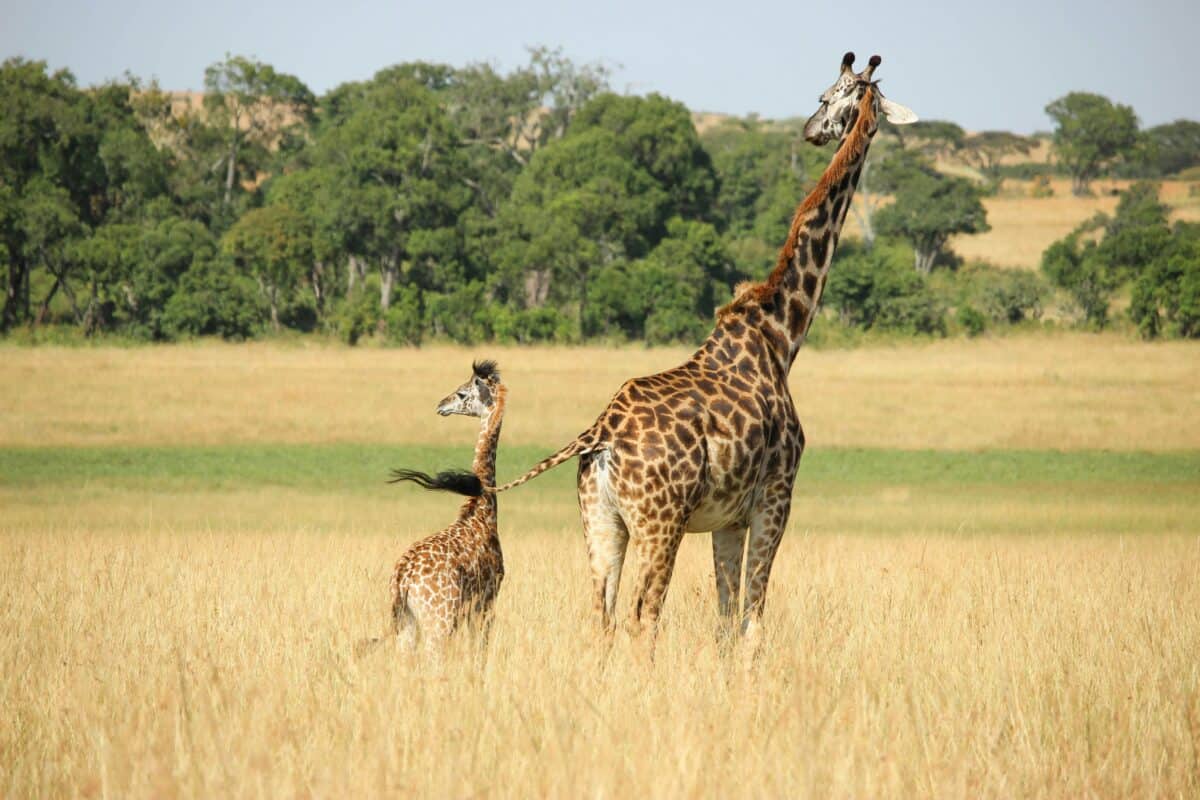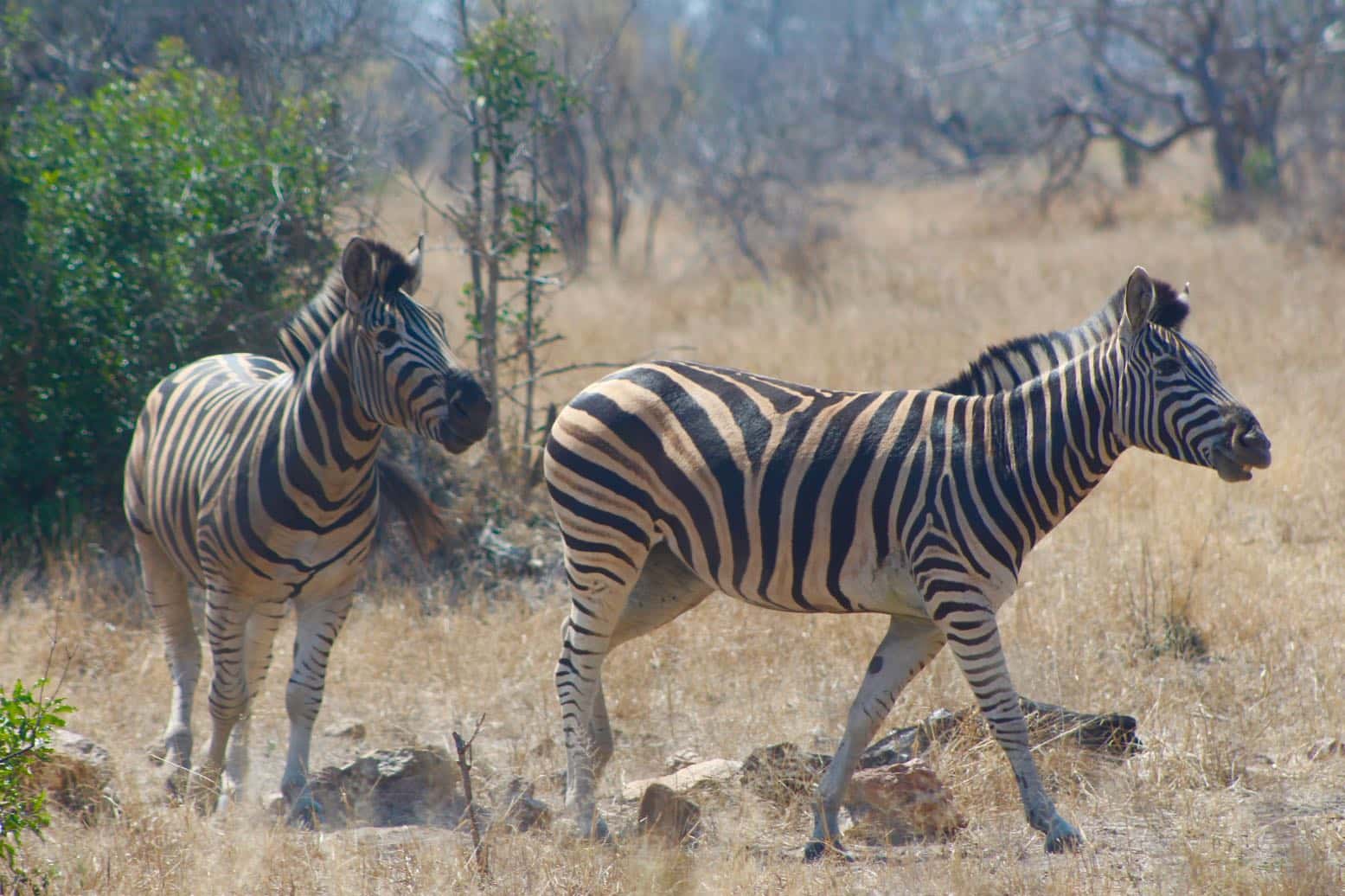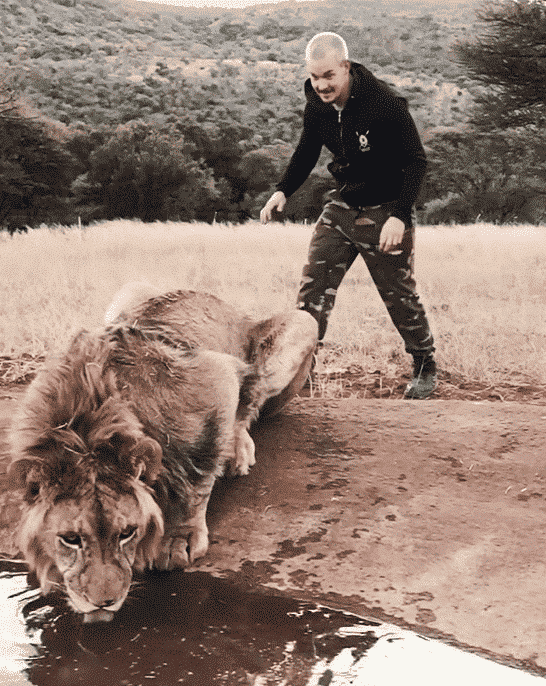Africa is a continent of contrasts and vibrant landscapes, which hosts an incredible tapestry of wildlife unmatched anywhere else on the planet. From the sweeping savannas where elephants roam and lions rule, to dense forests home to gorillas and exotic birds, the continent is a living showcase of natural wonders.
It’s a place where the wild heart beats strong, and the circle of life plays out in its most primal form. Have a look below on our Africa Articles.
Animals in Africa List
-

Kruger National Park – All you need to know
-

Discover the Most Social Species – The African Elephant
-

Why Zambia’s Kafue National Park Is the Best Place to See Wild Dogs
-

Inside the Mission to Save the African Wild Dog
-
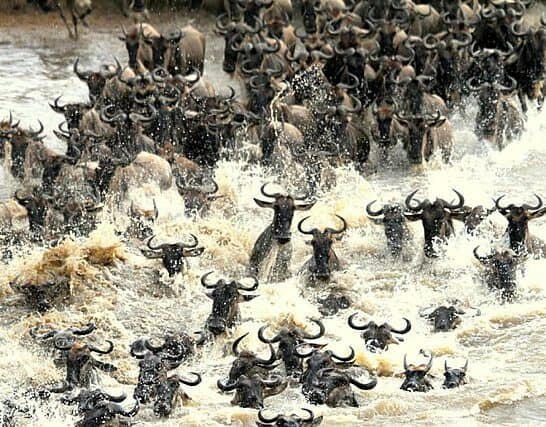
Wildebeest Migration: The Complete Guide
-

Largest Beetle Ever Discovered
-
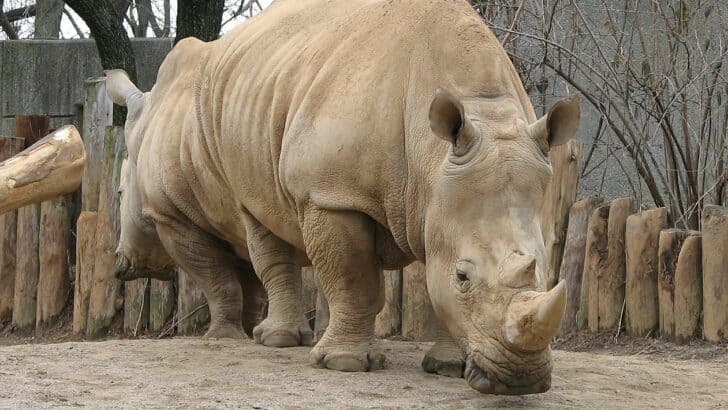
Where to See Rhinos
-
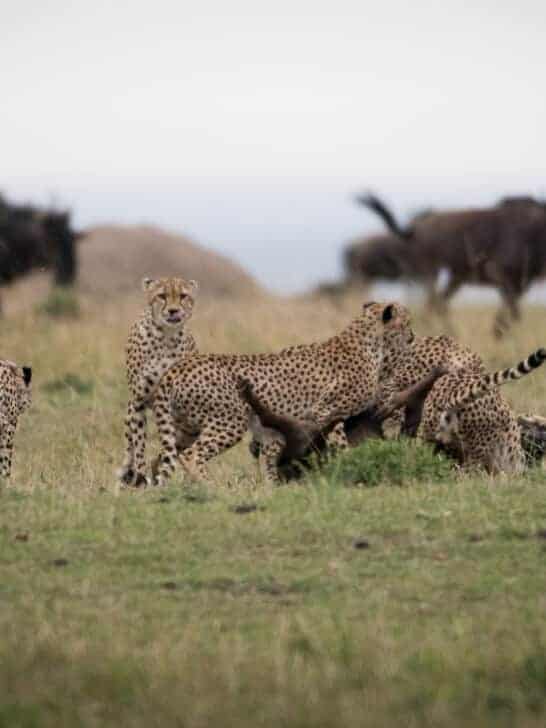
Masai Mara Wildlife
-
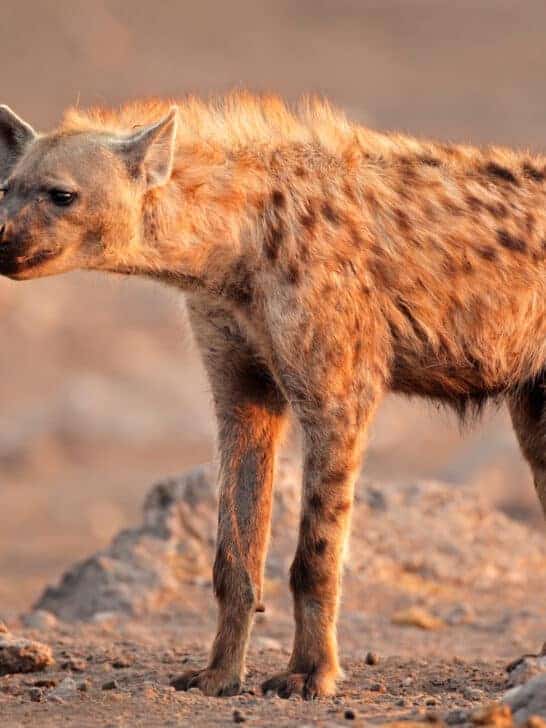
Unveiling the Enchantment of Kruger National Park
-

Where to Take a Boat Safari With Hippos and Crocodiles
-

A Closer At Some Of Africa’s Deadliest Animals
-
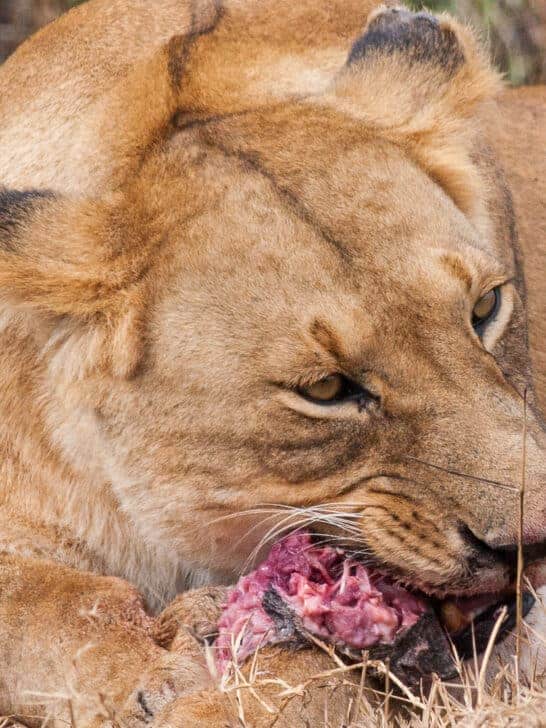
The Best Places to See the Big 5
-
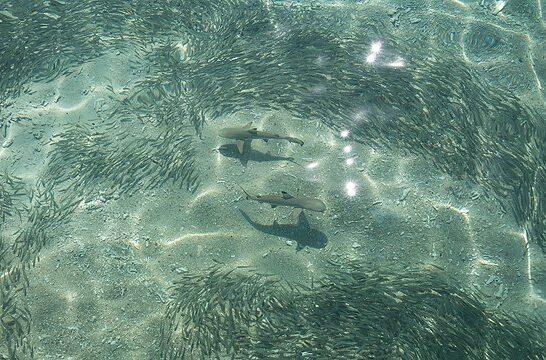
Sardine Run: All you need to know
-
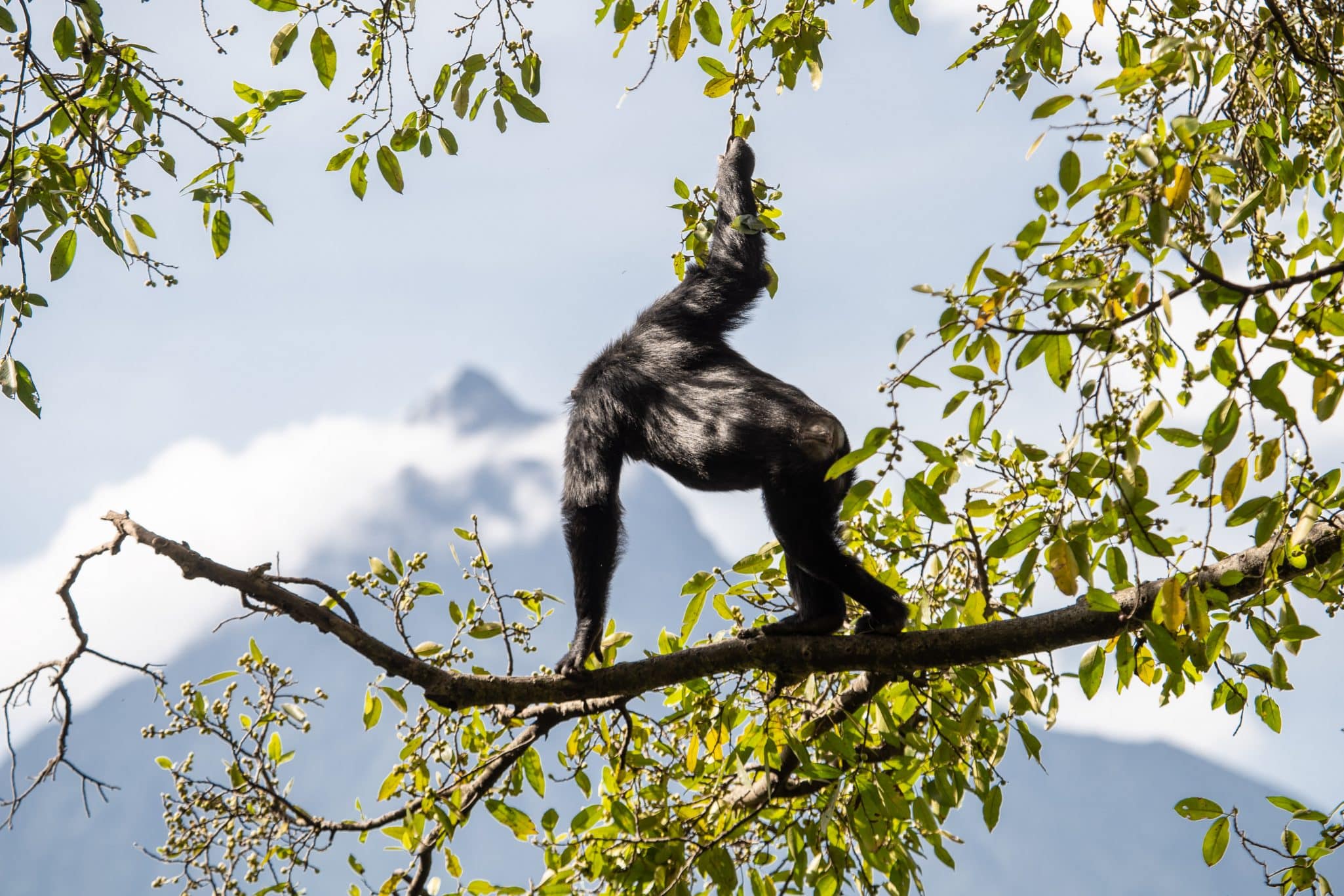
Stranded in Virunga National Park: a COVID-19 Experience
-
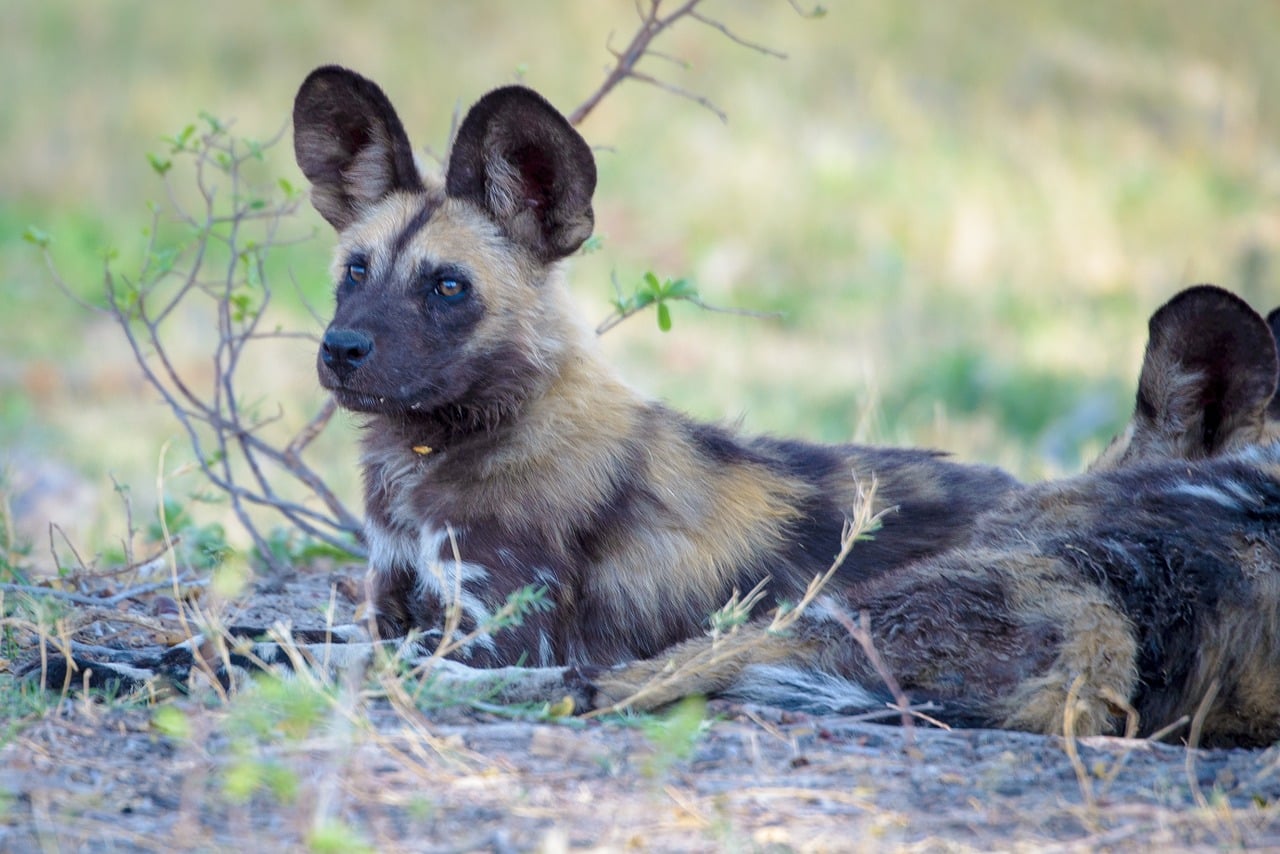
5 Best Places to See African Wild Dogs
-

Animals and Wildlife in Africa
-

How Wild Dogs Work Together to Take Down Prey
-

10 Best African Countries for Safari
-

What Happens When a Lion Learns to Fear Humans
-
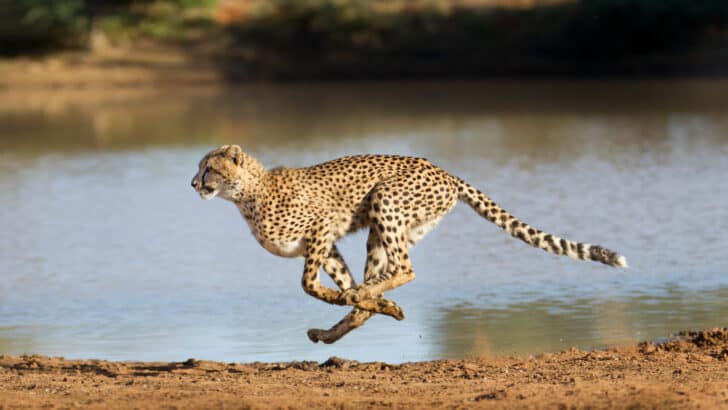
The Fastest Animal on Earth: So, How Quick Are Cheetahs?
-

This Dog Breed Outsmarts Most Wild Predators—Here’s How
-

Why African Elephants Can Be Deadly Despite Their Size
-
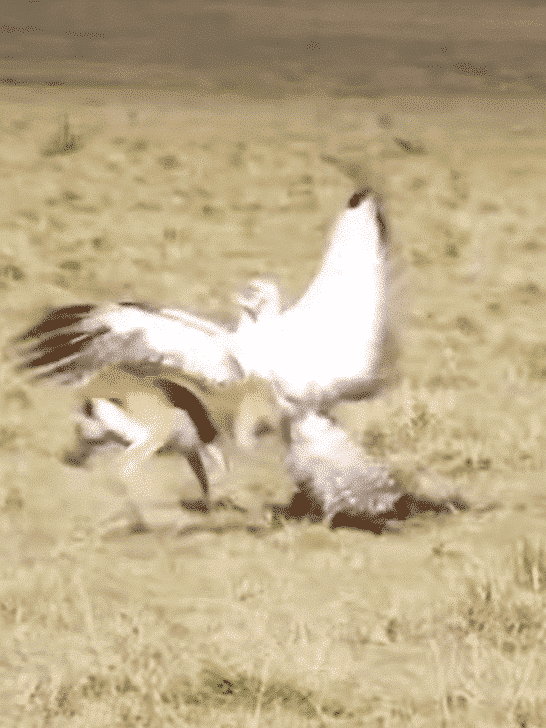
Watch: Heroic Buck Headbutts African Eagle to Save Baby
-

The River Where Crocodiles and Hippos Battle for Dominance
-
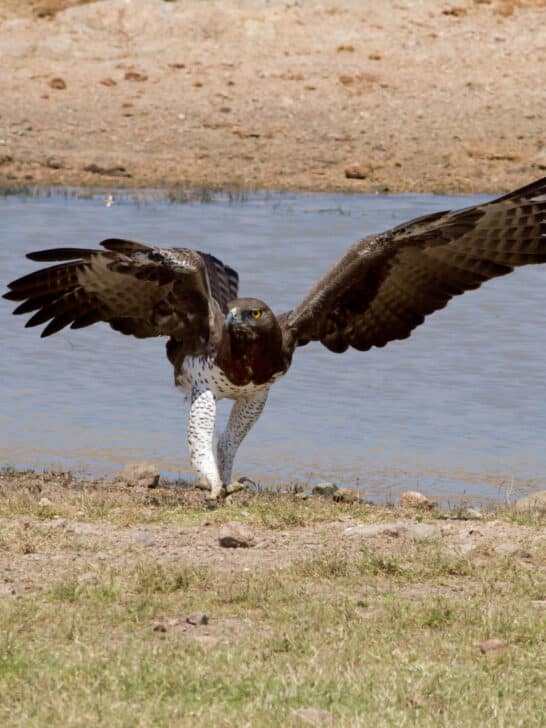
Meet Africa’s Largest Bird: The Martial Eagle
-

The Largest Gathering of Flamingos at Lake Nakuru
-

A South African Safari Must – Crossing Lodges in the UNESCO Waterberg Biosphere
-
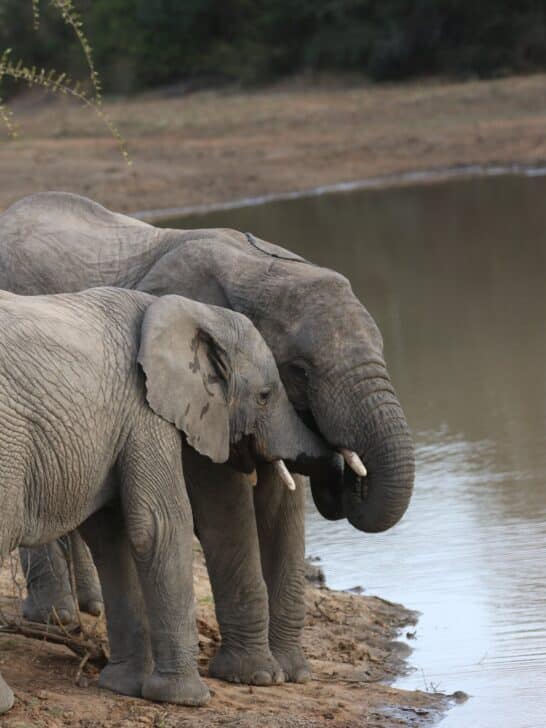
Diplomatic Tension and 20,000 Elephants: What’s Going on Between Botswana and Germany?
-

Watch: Elephant Smashes Car Windscreen in Kruger Park
-

When Hyenas Take Down a Wildebeest
-

Artificial Nests Could Save 90% Of The African Penguin Population
-
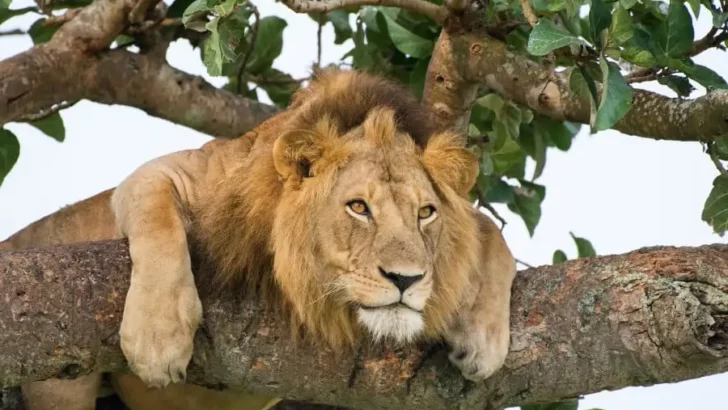
3 Unnatural Reasons Why Lions Are Climbing Trees in Africa
-

Top 10 Animals and Wildlife in the Serengeti
-

The Last Hope: Only One Breeding White Northern Rhino Remains
-

Tour Zambia: All you need to know
-
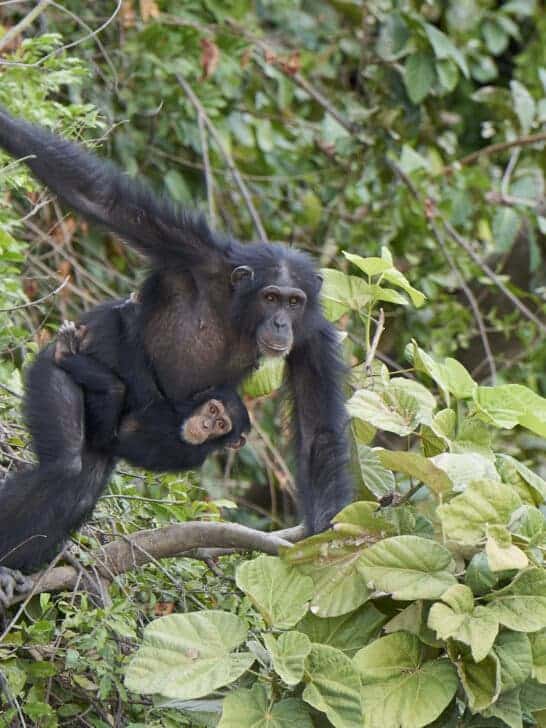
Chimp Swoops in on Eagle’s Meal
-

This Forgotten Island Holds the World’s Largest Seabird Colony
-

Millions of Wildebeest Migrate Across Africa, and What They Face Along the Way Is Brutal
-
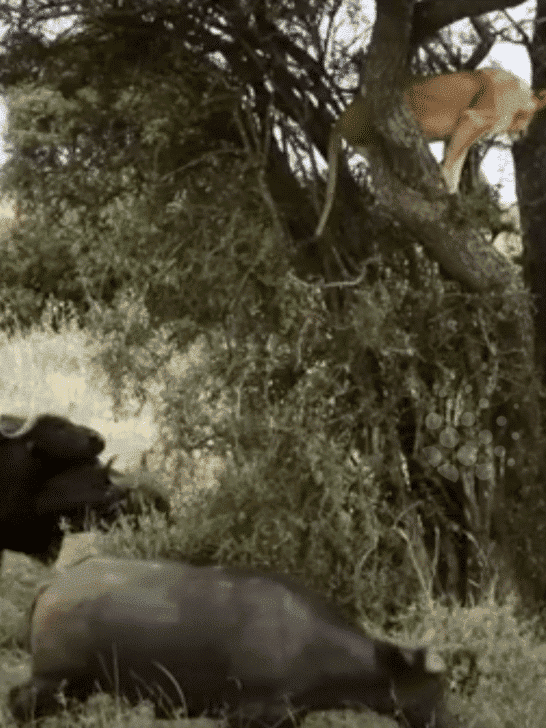
Lioness Stuck In A Tree With an Eager Buffalo Herd Underneath
-
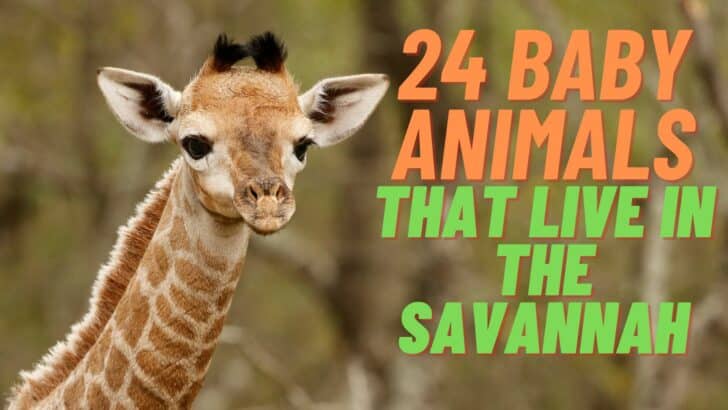
24 Baby Animals That Call The Savannah Home
-
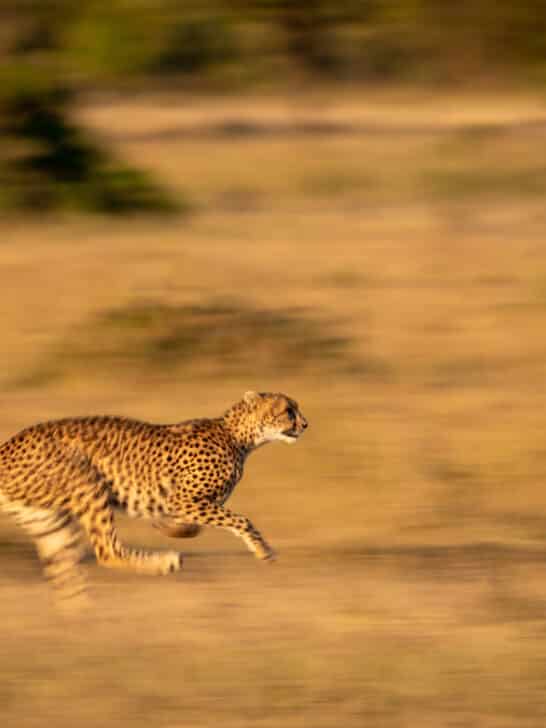
Turning Nocturnal: Cheetah’s Are Adapting to Global Warming
-

How Rhinos Are Making a Comeback in This African Reserve
-

What Happens When a Lion Loses His Pride
-

The Tallest Giraffes Ever Recorded
-
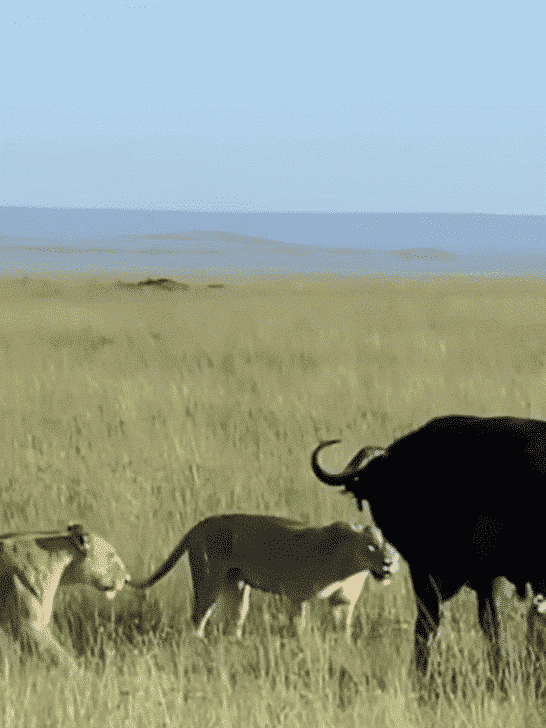
Watch Buffalo Herd Defeat 7 Lions to Save Their Own
-

Dramatic Rescue Unfolds as Large Tusker Shot by Poisoned Arrow Fights to Stay Alive
-

Namibia Introduce Controversial Plan to Cull 723 Wild Animals To Feed The Hungry
-

Zebras: More Dangerous Than They Appear
-

Hippos to the Rescue: Wildebeest Saved from Crocodile Attack
-

Elephants Are Mourning Their Dead in New Ways
African Elephant. Lion. Giraffe. Rhinoceros. Cheetah. Hippopotamus. African Buffalo. Zebra.
Two major reasons are: Habitat Loss Poaching and Illegal Wildlife Trade. The Expansion of agriculture, urban development, and deforestation have reduced the natural habitats of many species. Hunting for ivory (elephants), rhino horn, and bushmeat, as well as illegal trade in live animals and animal parts, have dramatically reduced populations of certain species.
The “Big Five” refers to five of Africa’s greatest wild animals, originally named by big-game hunters for being the hardest to hunt on foot. Today, the term is used more commonly by safari tour operators and wildlife enthusiasts to highlight the must-see animals during a safari. The Big Five are: Elephant, Leopard, Rhino, Lion, Buffalo.
Newest Category: Animals in Africa
- Meet the Flying Gurnard - June 16, 2025
- 7 Unique Animals You Didn’t Know Existed - June 10, 2025
- Top 20 Colorful Species To Brighten Your Day - June 8, 2025

